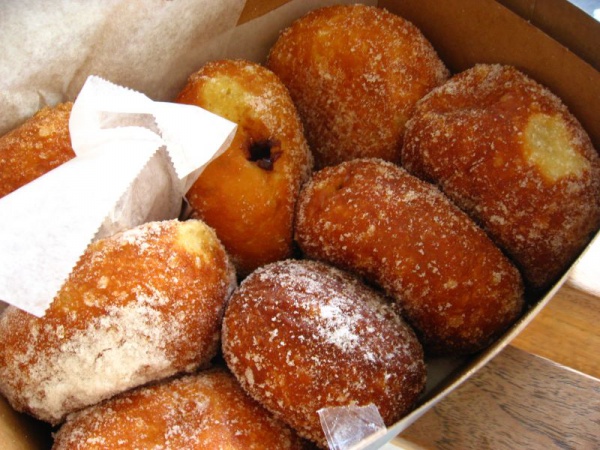Facts About Malasada
A malasada is a delectable Portuguese treat that resembles a fried doughnut ball, typically coated in granulated sugar and sometimes cinnamon. Unlike the conventional doughnut, traditional malasadas lack holes or fillings, although filled varieties have become popular, particularly in Hawaii.
In Portugal, Madeira, and the Azores, malasadas are quintessential treats on Mardi Gras, the day before Ash Wednesday. This day, known as "Terça-feira Gorda" or Fat Tuesday, heralds the commencement of Lent. The tradition of malasadas is deeply ingrained in the Portuguese Carnival celebrations across these regions. Historically, they were prepared to use up lard and sugar before the fasting period of Lent, akin to the Shrove Tuesday pancakes in the UK.
The custom journeyed to Hawaii in the 19th century with Portuguese immigrants who worked on sugarcane plantations. They brought their Shrove Tuesday traditions, which led to the establishment of "Malasada Day." On this day, large quantities of malasadas were made to deplete butter and sugar reserves before Lent. Today, Malasada Day is a cherished aspect of Hawaiian culture.
In the United States, malasadas enjoy particular popularity in regions with significant Portuguese-American communities, such as Hawaii, Rhode Island, and Southeastern Massachusetts. Towns like New Bedford and Fall River host festivals showcasing Portuguese cuisine, including these delightful doughnuts. On Fat Tuesday, it is customary in Portuguese households for the eldest woman to fry malasadas while older children roll the warm treats in sugar.

 Spain
Spain